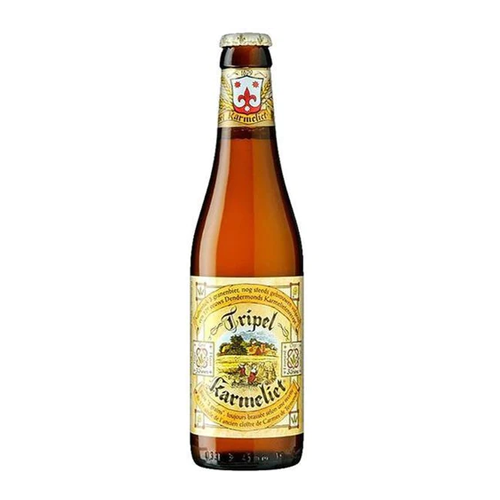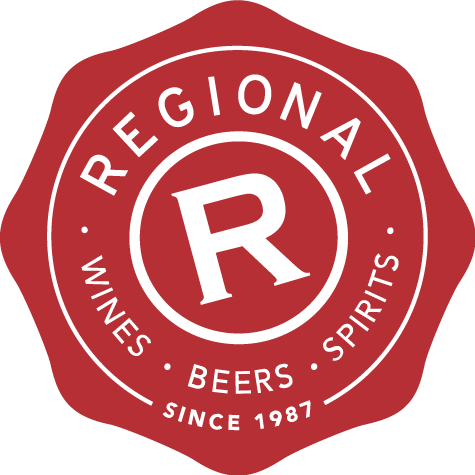
Tripel Karmeliet and a trio of grains
It is brewed by the Bosteels Brewery which was started by Jean-Baptiste Bosteels in 1791, a date that precedes the kingdom of Belgium (to put things in context).
The brewery has done well to keep going this long, fending off the ebb and flow of Belgian beer popularity, and has done so by adding new brands (such as Kwak in the mid 1980s) and by keeping things in the family. It is the seventh generation of Bosteels currently at the helm, and it is they who are responsible for the arrival of Tripel Karmeleit.
Antoine Bosteels joined the company in 1993 with an ambitious plan to bring a Tripel to the lineup using a multigrain recipe he had been tinkering with for a while.
As luck would have it, about the same time, he also discovered a historical 1679 beer recipe relating to the Carmelite (or Karmelieten) abbey in Dendermonde, and which was almost identical to his own - using barley, wheat and oats.
Inspired by this serendipitous find, he honed the recipe further, launched the beer and named it Tripel Karmeliet in honour of its shared heritage.
The multigrain element is supposedly key to the beer. The barley is the driving force behind the flavour, colour and body - whilst the wheat lightens the load and the oats bring a creamy mouthfeel and silky finish.
Let’s see if this is indeed the case!
Pours with a snow driven white head sitting above a pale cloudy gold. Savoury spice, unripe banana-wheat notes and enticing hints of green jet plane lollies leap out of the glass and suck you into a taste sensation that is beautifully full and luxuriously spreads over the palate - tickling into action taste buds you didn’t realise you had. There’s some lovely sweet and bitter interplay and fantastic length to the flavour which just keeps going…
It’s a beautiful drop which actually lives up to the high expectations of such a well known beer and it seems that the mouthfeel really is key; the contradiction of light and heavy, full yet silky has the palate pleasantly confused, and is a great reminder of the importance of texture in beer!
